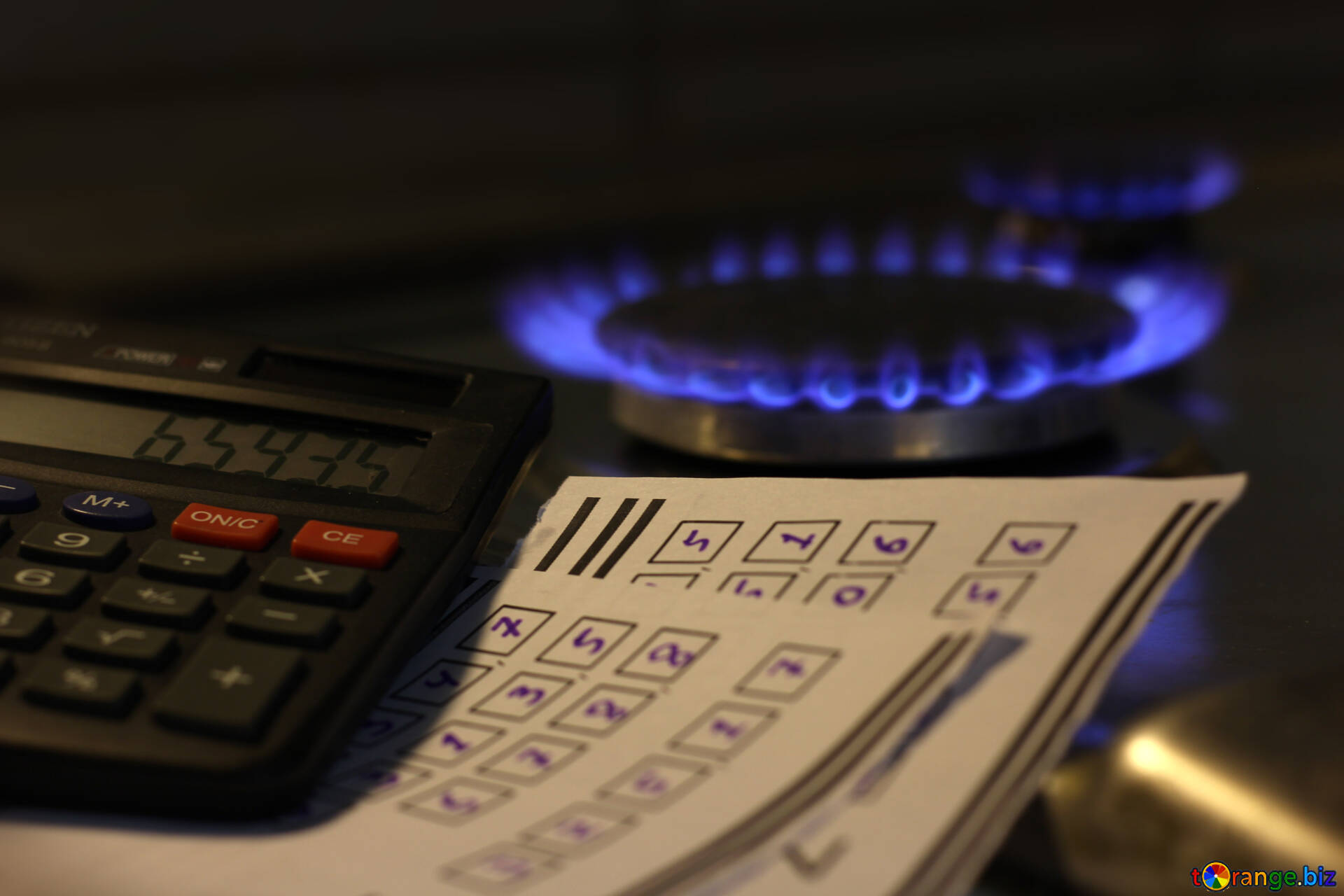Here are the effects and responses to the gas crisis in Italy, Germany and France

All the effects on energy prices, storage and industrial production of the gas crisis in Italy and Europe. And plans to mitigate the effects. The in-depth analysis by Sergio Giraldo
The gas crisis does not go on vacation. Prices still rising, flows from Russia still reduced and on the horizon a winter that could become dramatic, especially for Germany.
The Germans reach the target of 75% of storage filling, in advance of the date of 31 August, and can now aim for 90% by October. But the situation remains dramatic: the drought has reduced the levels of the Rhine River, used for transport, to the point that the government has prepared a decree giving priority to rail transport of everything needed to produce electricity and not. it can no longer be transported by river.
German industrial production is down compared to the previous year, in July the lower consumption of gas compared to the average of the previous 5 years was 17%: more than what the new consumption reduction plan requires (15%). Therefore, energy security is paid for by Germany through the drop in production, which will become more marked in the second half of the year, when civil gas consumption will be added to industrial consumption. A recession is upon us.
According to the European program, for Italy the reduction will have to be 7%, but there are still no details on how this goal can be achieved. The feeling is that the Italian government does not intend to insist too much on cutting the use of gas, given that the very high prices are already depressing consumption.
In fact, in July, SNAM deliveries for industrial use showed a sharp -13.2% compared to the same month of 2021. For the first seven months of this year, the decline in industrial consumption compared to 2021 is more than 9%. The civil sector is also down compared to 2021 (-5.7%), while consumption by electricity generation is up by more than 6%. Therefore, it will be above all on this sector that the efforts to contain consumption will be concentrated, with the massive use of coal and probably with some limitations for interruptible customers. Italian stocks are 76% full, with Snam proceeding in forced stages by buying spot gas every day to inject into the deposits, at very high prices.
The problem of physical scarcity (prospective for Italy, current for Germany) in this month of August is added to that of wholesale prices, which have continued to rise to record levels. Yesterday the future at the TTF for the month of September closed at 223 € / MWh, that for Q4 2022 at 230.5 € / MWh while electricity for 2023 in Germany closed at 499 € / MWh and in France the fourth quarter of 2022 was traded at € 1,031 / MWh. According to Gazprom, gas prices are set to rise again, even beyond 400 € / MWh.
From the first estimates, with these prices, the updating of tariffs for the fourth quarter in Italy would lead to more than double gas prices, breaking the threshold of 2 euros per cubic meter. Unsustainable values, for families as well as for businesses. The bills arriving to consumers these days for the month of July have a gas price seven to eight times higher than last year. The aid allocated so far by the government, amounting to about 35 billion in a year, only partially alleviates the hardship of many families and businesses.
With the elections on September 25, the tariff update for the last quarter of the year will still be in charge of the current affairs government. There is no doubt that the first big grain on the table of the new government, of whatever color it may be, will be precisely that of energy. Today, a change of approach seems more necessary than ever and moving from unconstitutional taxes and "aid", which reduce system and VAT burdens but do not solve, to a more courageous management of the situation, in particular on two fronts.
The first is that of state aid. Germany and France have not hesitated in the past, and will not hesitate in the future, to make extensive use of instruments such as state aid for companies in difficulty. In the coming winter they will have to do it again, in order not to risk an even more dramatic economic crisis than the one that already lies ahead. Therefore, it would be advisable for the new Italian government to adopt a pragmatic attitude and support all companies in difficulty and families with robust funding, adopting a clear and explicit longer-term scheme, at least until mid-2023. of billions ready cash, but the entire national economy is at risk.
The second front is that of the increase in supply. More than on the containment of demand, a defensive approach that risks causing more damage than anything else, it is on the increase in the availability of gas that action must be taken. This means entering into other agreements for new gas imports, even beyond national needs, to make Italy a point of entry into Europe for surplus gas, give liquidity to the market and consequently lower prices, throttled by the lack of Russian gas. It is also necessary to press on Germany to finalize the long-term purchase contracts with Qatar, abandoning the conservative approach that is damaging all of Europe.
(Extract from an article published in the newspaper La Verità)
This is a machine translation from Italian language of a post published on Start Magazine at the URL https://www.startmag.it/energia/crisi-gas-italia-germania-francia/ on Tue, 23 Aug 2022 05:54:11 +0000.
